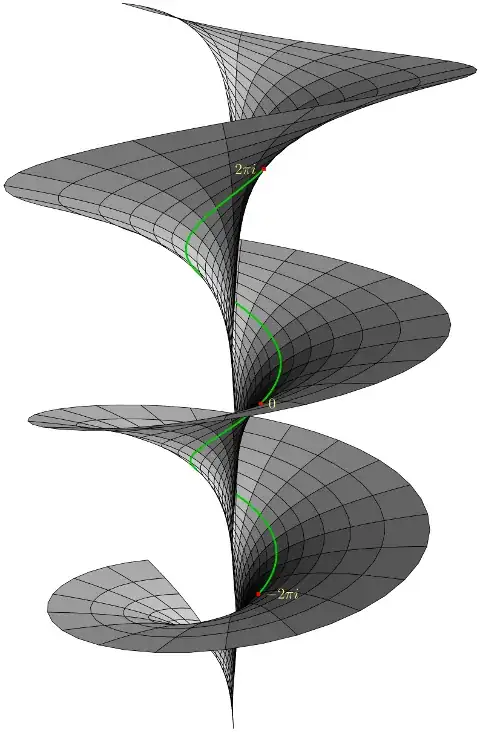I had been given the question as shown in the following, with the answer also given.
EXAMPLE 6.13. Let $\gamma$ be the circle with centre 0 and radius 1 traced anticlockwise. By integrating along $\gamma$, show that there is no function on $\mathbb{C} \backslash\{0\}$ with derivative $z^{-1}$. SOLUTION. We can parametrise $\gamma$ as $z=e^{i t}$ for $0 \leq t \leq 2 \pi$. We have $$ d z=i e^{i t} d t=i z d t $$ hence $$ \int_{\gamma} z^{-1} d z=\int_{0}^{2 \pi} z^{-1} i z d t=\int_{0}^{2 \pi} i d t=2 \pi i \neq 0 $$ Since $\gamma$ is a closed path, it follows that $z^{-1}$ cannot have an anti-derivative on $\mathbb{C} \backslash\{0\}$.
Surely however the anti-derivative of $z^{-1}$ would be $\log(z)$? I have seen a similar question asked, however, I didn't see the answer to this specific question.
